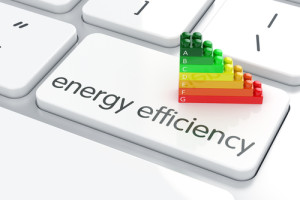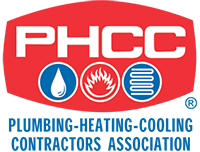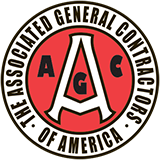 Because cooling systems use a significant amount of energy, the U.S. Department of Energy (DOE) sets minimum standards for A/C efficiency. The DOE periodically revises the minimum A/C efficiency standards in order to help consumers save energy and reduce the overall demand for electricity nationwide. The three terms that apply to cooling systems are SEER, EER and COP.
Because cooling systems use a significant amount of energy, the U.S. Department of Energy (DOE) sets minimum standards for A/C efficiency. The DOE periodically revises the minimum A/C efficiency standards in order to help consumers save energy and reduce the overall demand for electricity nationwide. The three terms that apply to cooling systems are SEER, EER and COP.
SEER
SEER (seasonal energy efficiency ratio) indicates how well the system performs over the course of a cooling season. Engineers test central heat pumps and air conditioners by placing the outdoor condenser in an environment held at 82 degrees Fahrenheit and measuring how much electricity the system uses to cool a space to 80 degrees with humidity of 50 percent.
The minimum SEER stands at 13 presently, and is slated to rise to 14 in 2015 for the Southern and Southwestern states. Each difference in the SEER indicates the system uses 10 percent less electricity under laboratory testing conditions. SEER ratings for cooling systems go into the 20s.
EER
The EER (energy efficiency ratio) is similar to the SEER rating, but it’s tested for a shorter period under hotter conditions. Instead of holding the temperature at 82 degrees, technicians raise the temperature to 95 degrees. It’s a good measure of how efficient the system operates under more stressful conditions.
While the SEER is prominently displayed on central cooling systems, you may have to ask an HVAC professional what the EER is. Portable and window air conditioners must display the EER number. When selecting a new cooling system, paying attention to the EER A/C efficiency ratings is just as important as looking for the SEER.
Since temperatures don’t stay at 82 degrees during the summer, choosing a system with a high EER will deliver better efficiency under hot conditions. The minimum EER stands at 9.7, and in order to reach Energy Star minimums, the EER has to be 11 for package systems and 12 for split systems. A package system has all the system components in one container that sits outdoors on the roof or set on a pad next to the house. Split systems are more common in homes, with an outdoor condenser/compressor and indoor air handler/evaporator.
COP
The COP or coefficient of performance indicates how much electricity the system uses to remove heat from your home. Like the EER, you may have to dig deeper to find it on central systems. You can easily calculate the COP by dividing the EER by 3.41. A system with an EER of 11 will have a COP of 3.23, which indicates it removes 3.23 times the heat from your home per unit of energy it uses.
COP is one of the A/C efficiency ratings that also applies to the heating function of heat pumps. Like A/Cs, these devices move heat instead of creating it. In the summer, the heat pump removes heat energy from your home, similar to an A/C, and in the winter, brings heat inside. When you’re considering heat pumps, a high COP indicates the system works efficiently in both the cooling and heating modes.
The least efficient cooling systems have low COPs, whose ratings start at 1. Such a system uses one unit of energy to remove one unit of heat. The higher the COP is, the more efficiency the system offers.
Other Considerations
These A/C efficiency ratings indicate how well a new system performs under laboratory conditions. How well it performs in a residential setting depends on a variety of factors that include installation and maintenance factors. Installing too large a system will lower its overall efficiency because it will run in brief cycles that drive up energy consumption. When these systems first start, they use the most energy. A properly sized system runs in longer cycles, lowering energy usage.
If the HVAC contractor doesn’t double-check the refrigerant level in the new system, it may not run as efficiently, since refrigerant levels that are too low, in particular, increase an A/C’s energy usage. Lack of maintenance also lowers efficiency. Keeping the air filter clean and the area around the outdoor condenser clear of debris will keep the A/C closer to its original efficiency ratings, as well.
For more information about A/C efficiency ratings, keeping your system’s efficiency as high as possible, or selecting a new system, please contact the pros at Bruce Thornton A/C.
Image Provided by Shutterstock.com










